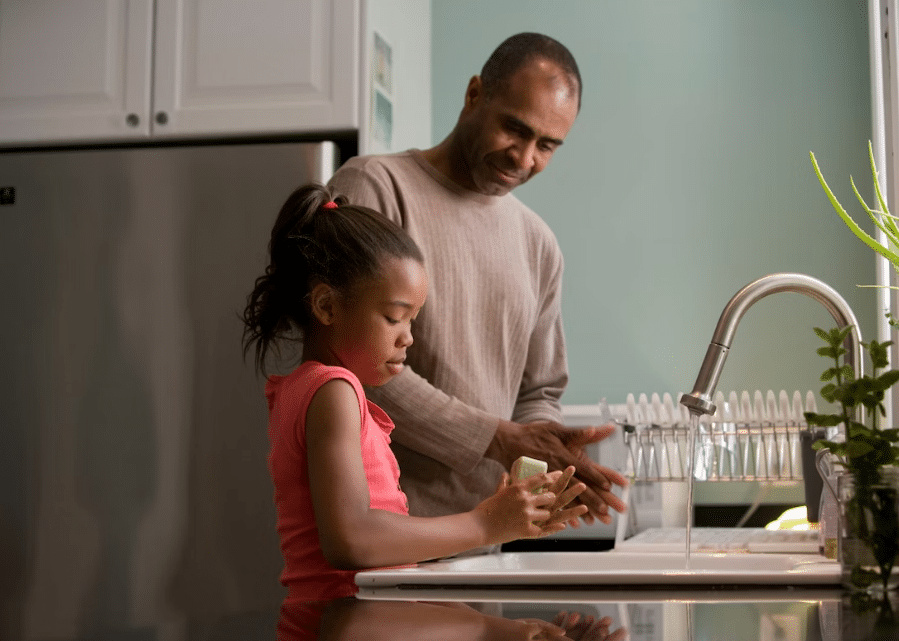— For Parents
ABCs of Behavior
Resources
Podcast: Understanding the ABCs of Behavior
Download PDF(s)
Suggestions for parents looking to teach Behavior skills

Recognize that there are superficial and deep antecedents. Sometimes, the trigger really is being told no; sometimes, it will be being told no all the time. Sometimes, the antecedent could even be unrelated. If your child had a long day or is feeling anxious about something coming up, they might lash out and talk back to you for reasons you don’t fully understand.
When learning the antecedent, ask questions and get others’ observations. Talk with a partner or co-parent to see if they have a different opinion of the antecedent. When appropriate, talk with your child directly and ask them to help you understand.

Consequences are not just imposed consequences like doing an extra chore; most consequences are natural outcomes of the behavior. Things like getting Mom’s attention (even if she’s yelling), making someone understand the gravity of your emotions, or getting away with something can all be natural consequences to a behavior.

Notice that there is an ABC pattern from your child’s perspective (Mom said no, so I stomped my foot, and now she knows I’m mad about it), and there is a separate ABC from the parent’s perspective (my child stomped her foot, I yell at her that it’s not okay to disrespect me, neither of us feel respected and both are mad).

When an imposed consequence (like an early bedtime, no more TV, losing a toy) is not working, take a look at the ABCs of behavior and see what part is reinforcing the negative behavior. When teaching behavioral skills, It’s important to notice if the consequence is actually happening. Sometimes parents will impose unrealistic consequences, like being grounded for 2 months, that fade over time. Set realistic consequences using the skill, Effective Negative Consequences.
Children are capable of learning when they have a positive relationship with the person teaching and when they have enough control of their emotions to absorb new information. Parents need to know there may be a time when teaching is not going to produce the desired result. If your child continues to be resistant beyond their ability to change, it may be best to let the issue rest. We are not suggesting you forget it. We are recommending that you wait for a time to allow you and your child to calm down before returning to it in the future.
